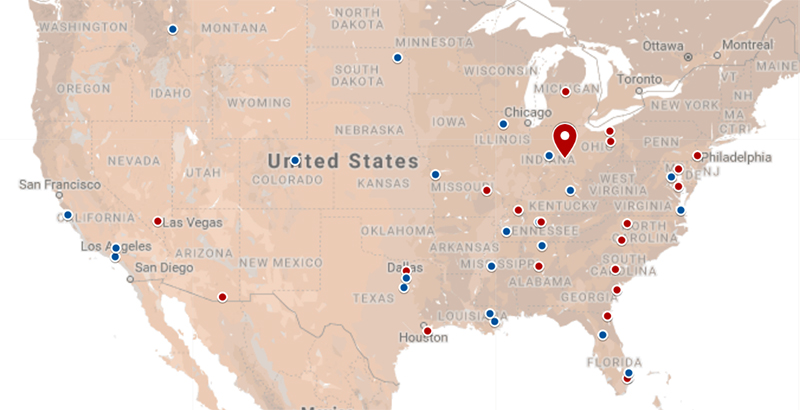
Over six out of ten young adults express concerns that mass shootings will somehow impact their lives. However, regarding potential solutions, the so-called “massacre generation” lacks unity.
A recent study from the University of Colorado Boulder uncovers a notable contradiction: while 61% of individuals aged 18 to 29 show anxiety about mass violence, their preferences regarding policies divide sharply along party lines and gender. Among young Republicans, conservatives, and men, an increase in fear of shootings corresponds with a stronger resistance to gun control measures.
These results contradict the expectation that this generation, raised with active shooter drills and social media filled with tragic news, would naturally rally around stricter gun regulations as they gain more political influence.
“This generation endures considerable fear and anxiety concerning mass violence. However, our findings indicate that these shared fears do not bring them together in their views on gun policy; instead, they create polarization.”
This is according to Jillian Turanovic, an associate professor of sociology at CU Boulder and the senior author of the study published in Social Science Quarterly. She and her colleagues surveyed nearly 1,700 young adults about their fears and perspectives on firearms, revealing divisions that challenge straightforward generational narratives.
Growing Up With Lockdown Drills
The term “massacre generation” was coined by sociologists in 2022 to describe young individuals who matured after Columbine and 9/11, during a period marked by frequent mass shootings and regular active shooter drills. By 2032, Millennials and Gen Z will account for nearly half of the American electorate, making their stances on gun issues crucial for future policy directions.
Mass shootings represent only about 1% of annual gun fatalities in the U.S., yet they disproportionately shape public discussions. After the tragic 2018 Parkland shooting that resulted in 17 deaths, student survivors initiated March for Our Lives to advocate for gun control reforms. Conversely, the 2012 Sandy Hook massacre, which claimed the lives of 20 children and six adults, brought about the slogan “the only thing that stops a bad guy with a gun is a good guy with a gun,” popularized by gun rights supporters.
Earlier national surveys indicated that young adults tend to lean liberal and support increased restrictions. Nevertheless, Turanovic sought to further investigate how fear itself affects gun perceptions across various demographic segments.
The research team asked respondents to evaluate their fears in three scenarios: that they or a loved one might fall victim to a mass shooting, that such violence could erupt at a public event or large gathering, or that it might take place in a mall, school, bar, or nightclub. Overall, 44% indicated moderate fear, while 17% reported high fear levels.
The Great Divide
Upon examining sentiments toward gun control, the situation became more complex. While 58% asserted that gun ownership does not enhance safety, 42% disagreed. Nearly one-third supported permitting firearms on college grounds. The same percentage believed permits should not be necessary to carry guns in public spaces. Furthermore, 42% argued that gun control laws violate the Constitution.
For the entire sample, higher levels of fear modestly correlated with stronger support for restrictions. However, among young Republicans, conservatives, and men, this trend completely reversed. The more they feared mass shootings, the more they regarded increased gun access as the solution.
“Today’s emerging adults are significantly divided in their perspectives on gun control, with those divisions becoming most evident when fear of mass shootings is heightened.”
Race, ethnicity, and education levels did not substantially influence the relationship between fear and gun attitudes. However, geographic location was significant: young adults in the Northeast exhibited the same reversed pattern as conservatives and men, with heightened fear leading to reduced support for gun control measures.
The study’s results imply that shared experiences of growing up amidst mass violence have not resulted in a collective political response. Instead, these shared fears are interpreted through differing worldviews, resulting in conflicting conclusions regarding safety and policy.
Turanovic hopes that the data on fear levels alone will motivate policymakers to enhance mental health resources for young adults facing persistent anxiety about violence. For those engaged in gun policy discussions, whether advocating for stricter or more lenient regulations, the takeaway is evident: future voters do not constitute a homogeneous group.
She emphasizes that generational change alone will not resolve America’s gun policy issues. The massacre generation may share common anxieties, yet they remain profoundly divided on appropriate solutions.
Social Science Quarterly: 10.1111/ssqu.70087
If our reporting has informed or